7 Bad Habits for Public Speaking & the #1 Secret to Successful Presentations
7 Bad Habits for Public Speaking & the #1 Secret to Successful Presentations
Imagine you’ve just concluded your keynote speech as a professional public speakers. You’ve done the prerequisite vocal exercises, your notes are committed to memory, and you know your target audience’s exact demographic. You know your message is going to resonate within the hearts and minds of whoever’s within earshot of your voice.
You can’t wait to get on Twitter or LinkedIn and gauge the audience’s response to your performance. And there’s nothing there. No one’s talking about your performance because they feel uninspired.
Or worse, you’ve bombed.
If you’ve ever finished a speech and felt like you’ve just wasted a bunch of people’s time, you’re not alone.
#worstspeechever #uninspired #whenslunch
Some of the brightest, most intelligent professionals have orchestrated complete yawn fests when they’re behind the microphone.
Below the surface, there may be one or two, maybe even a handful, of unconscious bad habits that give you poor body language, throw the rhythm of your speech off, or create a disconnect between you and your audience.
As a public speaker, you would never consciously avoid eye contact, clear your throat, or finish every single phrase with “right?”
Yet, these bad habits occur daily, by speakers who are categorically intelligent and accomplished professionals.
So what are some of the most significant bad habits that could diminish the effect of your speech?
Here are 7 Bad Habits for Public Speakers
1. Data Dumping
The safest route to giving a baseline minimum public speech is to just create an accurate, well formatted PowerPoint presentation, read each slide word for word, and just sticking to the facts.It makes sense, since your credibility is on the line, and you’re likely speaking to other professionals.But focusing entirely on logic tends to lose the audience, and undermines your ability to persuade, connect, and inspire.
Facts are important, but only to back up your own thoughts and feelings towards an issue. Telling the facts first, and then talking about it, only gives the impression that you know about the subject. To become an expert, experience and your own facts are more important.
Expanding on facts is an easy way to make sure your own voice is supported by the fact. Expanding on facts can be approached from many different directions, here are some examples:
- This fact is true, however….
- This fact became true to me when I….
- Once I made so many mistakes I learned….
- This is a fact to me because…
- We can take advantage of this research by….(then offer a real life example)
Get creative with how you approach your supportive data and try to incorporate personal experiences in relation to the fact.
2. Off the Cuff
The best public speakers prepare.They study their notes, organize the content, design a slide deck, and live and breath their topics.According to a survey Darlene Price of Well Said Inc. conducted, less than 2% of over 5,000 business presenters in Fortune 100 companies actually rehearse and practice their presentation aloud.This results in the audience enduring an unrefined run-through of a PowerPoint presentation.
The more practice, the better. Challenge yourself to make each presentation different than the last. Draw on other presentations to include other material a client might want. Each presentation should be tailored for each organization. By doing so, the client will recognize how well your information resonates with audience members, often leading to a positive result if you have gone the extra mile.
3. Forget That You’re Audience is Composed of Real Humans
Oprah Winfrey or Katie Couric present a problem to viewers by including themselves and their audience through highlighting the struggle of a guest and relating it to their own experience before trying to relate it to the audience. Once the audience also relates to it, or even if they don’t, they are often trying to compare their own situation to that of the guest. It is then when practical solutions are introduced, to give the audience member the ability to capitalize on fixing the problem on their own.
This format builds the reputation of the speaker, and their relationship to the audience. We are all human, and are even though we may not always be able to relate to every problem another may have, we will always try to understand it. It is important for speakers to follow this process, as audience members are waiting to know that a speaker is much like them, before they can trust any solutions a speaker may introduce.
4. Burying the Lead
“Burying the lead” is a news room idiom that basically means beginning the story with details that are of secondary importance to the reader while postponing essential points or facts.
“Let me begin with a bit of background” is the speaking equivalent of that.
Too many otherwise good books start with a prologue that details an event that occurred before the main event.
Crafting a speech that simultaneously puts you in your audience’s shoes while they stand in yours, requires you to do the real work in figuring out your story and theirs.
Interviewing employees and leaders within an organization will give you the right insight to preparing your presentation. Referencing the information from those interviews will connect with audience members directly, and give you automatic credibility.
5. No Enthusiasm
Enthusiasm is described as eager enjoyment or active interest. This is an audiences most desired trait in a public speaker. On the other hand, a low monotone voice, boring delivery, non-descript facial expressions, and general lethargy is universally the most disliked trait.
If you want to avoid losing your audience, turn up your energy level.. emphasize your voice when needed, include the crowd in real life demonstrations, ask the audience questions and use a large amount of humour.
Move naturally, smile like you mean it, and enjoy the moment.
6. Avoiding Eye Contact
Eye contact has been described as the alpha and omega when you’re communicating with someone you want to have a lasting impression on.
There’s a fine line between making soft, natural eye contact, and staring down an audience member, but you also want to make sure you’re not scanning the room like you’re trying to spot a sniper.
A good rule of thumb in public speaking is to maintain eye contact for 2 or 3 seconds, just long enough to say a complete sentence, with a single audience member before moving on to the next.
Find audience that are engaged to your message in different parts of the room. These audience members will help calm you, as they are actively listening to your presentation. Use these audience members as key eye points of contact within the room. It gives the idea that you are looking at everyone, and will keep you from any distractions that may occur during your presentation.
7. Quoting Yourself
This is a new and relatively bizarre habit.
And we have social media to blame.
While some have used a variety of inspirational quotes from the greatest thinkers in human history to cartoon characters, others have decided to quote themselves in a macro image of a sunset or a mountaintop.
Some speakers have started using slides where they quote themselves.
The content of your keynote speech won’t benefit from this practice as it can come across as pretentious and self indulgent.
The #1 Secret to Successful Keynote and Workshop Presentations
Want to know the secret to successful keynotes? Preparation. No matter how mundane it seems at first, the devil is always in the details. Create a scheduled event plan and share it with the entire event staff. Detail the months leading up to the event and how you will promote, as well as a guide for week of promotions and interviews with the media. Use all your resources to promote the speaker and the event. Create a culture of engagement, and have all online and social media resources support that engagement.
To learn more about promoting your keynote speaker, visit the Speakers Bureau of Canada’s Event Planning Tools for tricks of the trade and promotion help.
By Roger Breault, President
& Gordon Breault, Executive Director
Speakers Bureau of Canada
Jan 5th, 2017
Related Posts
 6 TIPS TO SUCCESSFULLY PROMOTE A CORPORATE EVENT
6 TIPS TO SUCCESSFULLY PROMOTE A CORPORATE EVENT
 PROMOTE THE EVENT ON SOCIAL MEDIA TO RAISE ATTENDANCE
PROMOTE THE EVENT ON SOCIAL MEDIA TO RAISE ATTENDANCE
 HOW TO PLAN A SUCCESSFUL EVENT: CORPORATE EVENTS & CONFERENCES
HOW TO PLAN A SUCCESSFUL EVENT: CORPORATE EVENTS & CONFERENCES
 WHAT IS THE PURPOSE OF A KEYNOTE SPEAKER: WHY HIRE ONE?
WHAT IS THE PURPOSE OF A KEYNOTE SPEAKER: WHY HIRE ONE?
 ADDITIONAL VALUE FOR YOUR INVESTMENT: SPEAKERS BOOKS AND ONLINE TRAINING
ADDITIONAL VALUE FOR YOUR INVESTMENT: SPEAKERS BOOKS AND ONLINE TRAINING
